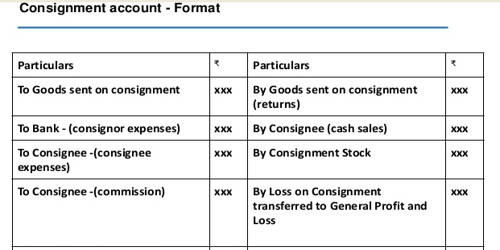Just in time inventory, also known as JIT inventory, is the reduced amount of inventory owned by a business after it installs a just-in-time manufacturing system. It is a management strategy that aligns raw-material orders from suppliers directly with production schedules. The intent of a JIT system is to ensure that the components and sub-assemblies used to create finished goods are delivered to the production area exactly on time.
Under the JIT concept, inventory may be reduced by the following means:
The reduced production runs. Fast equipment setup times make it economical to create very short production runs, which reduces the investment in finished goods inventory.
Production cells. Employees walk individual parts through the processing steps in a work cell, thereby reducing scrap levels. Doing so also eliminates the work-in-process queues that typically build up in front of a more specialized workstation.
Compressed operations. Production cells are arranged close together, so there is less work-in-process inventory being moved between cells.
Delivery quantities. Deliveries are made with the smallest possible quantities, possibly more than once a day, which nearly eliminates raw material inventories.
Certification. Supplier quality is certified in advance, so their deliveries can be sent straight to the production area, rather than piling up in the receiving area to await inspection.
Local sourcing. When suppliers are located quite close to a company’s production facility, the shortened distances make it much more likely that deliveries will be made on time, which reduces the need for safety stock.
The benefits of reducing investment in inventory are substantial, which can lead a company to pare away too much inventory. When this happens, any unanticipated disruption to the flow of materials can bring operations to a halt almost immediately. Consequently, JIT concepts should certainly be followed, but be aware that there is a lower limit on how far you can reduce inventory levels.
Information Source:
















